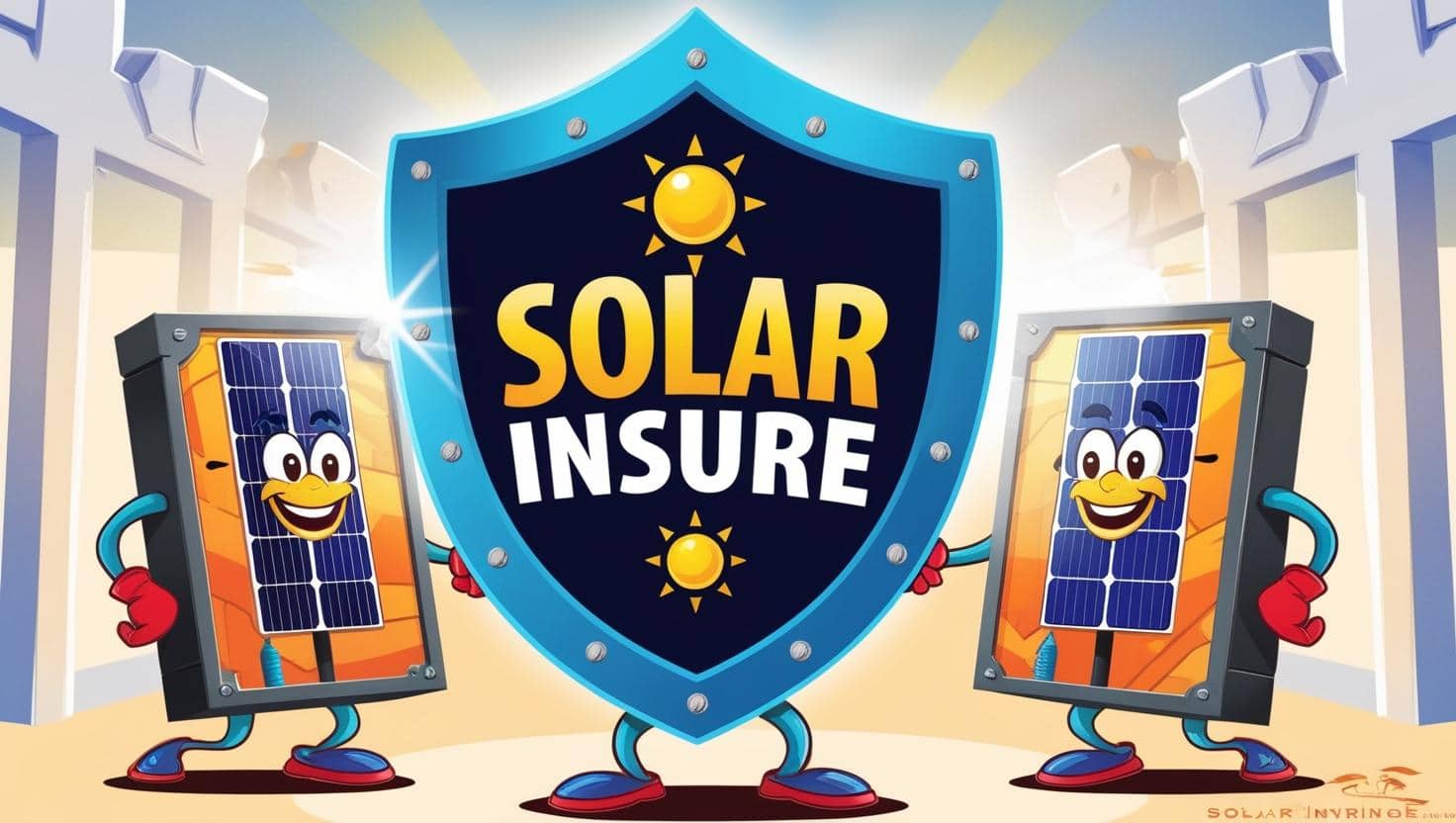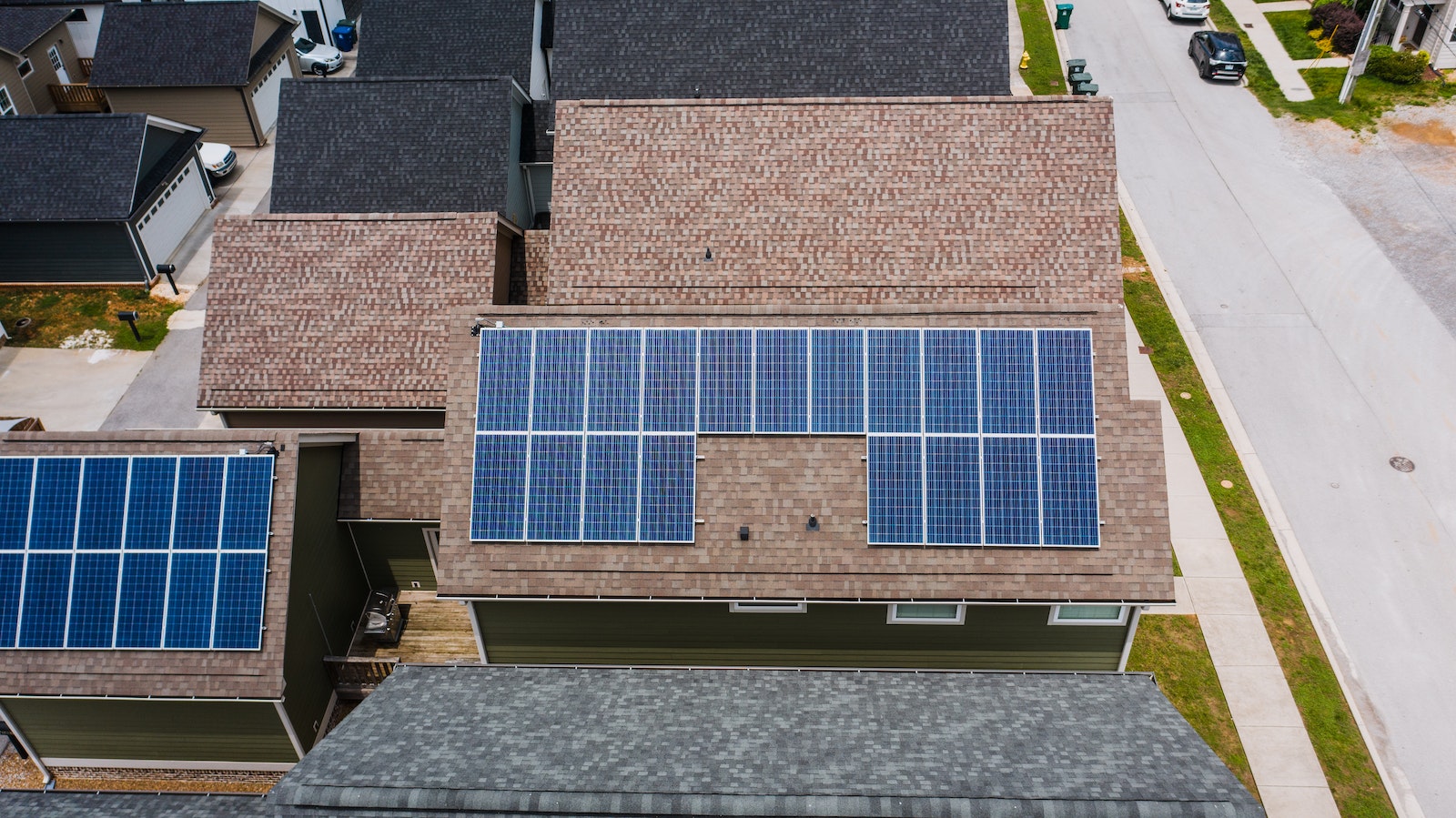Key Takeaways
- Combining the Federal Solar Tax Credit with state and local incentives can further enhance savings, offering substantial financial benefits and reducing the overall cost of transitioning to solar energy.
- The Federal Solar Tax Credit (ITC) offers a 30% dollar-for-dollar reduction on the installation cost of solar photovoltaic (PV) systems, applicable to both residential and commercial entities, making it a key financial incentive for adopting solar energy.
- To qualify for the Federal Solar Tax Credit, you must own the solar PV system installed between January 1, 2017, and December 31, 2034, at a primary or secondary residence in the U.S. Purchasing through cash or financing is necessary, while leasing or power purchase agreements disqualify you.
Introduction
The federal solar tax credit, or the Investment Tax Credit (ITC), is a game-changer in the renewable energy landscape. It’s a pivotal incentive that encourages the adoption of clean energy by diminishing the financial hurdles associated with solar panel installation. Whether you’re a homeowner or a business operator, the ITC offers a substantial reduction in the installation cost of solar photovoltaic (PV) systems, directly impacting your federal income taxes and contributing to significant long-term savings.
The extension of the ITC, thanks to the Inflation Reduction Act of 2022, underscores the federal government’s decisive stance on climate change. With a current generous allowance of 30%, the ITC is not just a tax reduction; it’s a dollar-for-dollar cutback on the amount of income tax you owe, differentiating itself from mere tax deductions that merely lower taxable income.
The journey toward a future powered by clean, renewable energy is paved with financial incentives like the ITC, making now an opportune time to invest in solar energy.
Understanding the Federal Solar Tax Credit

Further, the federal solar tax credit offers great incentives for those contemplating the switch to solar energy. It covers a solid 30% of the cost of a solar PV system, encompassing not just the hardware but also the accompanying labor and permitting fees associated with the installation. This substantial tax break is critical in fostering a clean energy strategy, directly benefiting both residential and commercial entities with long-term savings.
The solar tax credit is also a key player in promoting energy equity and independence. It does this by offering additional credits for solar panel installations in low-income communities, thereby encouraging a wider adoption of renewable energy sources across various socioeconomic strata. Enacted as part of the Inflation Reduction Act, this initiative is a historic leap for the clean energy sector, with the potential to revolutionize the way energy is produced and consumed.
How the Federal Solar Investment Tax Credit Works
Grasping the workings of the solar tax credit can open the door to remarkable energy bill savings. As a homeowner, you can recover up to 30% of the cost of solar panel installation through this credit, with the percentage slated to remain steady until 2032. But it’s not just about the immediate discount; it’s about the dollar-for-dollar reduction against the income tax you owe, which can carry forward to subsequent years if your tax liability is less than the credit amount.
Another comforting factor is the absence of a cap on the claimable dollar amount, barring fuel cell property, paving the way for sizable savings. If your solar energy system is installed and operational within the specified timeline, you can take advantage of this credit until the ITC expires in 2034. This timeline gives you ample opportunity to plan and execute your transition to solar energy, ensuring you can maximize the financial benefits on offer.
Eligibility Requirements for the Federal Solar Tax Credit

The federal solar tax credit is quite inclusive, offering advantages to taxpayers across all income brackets who own their solar energy system. To qualify, you must purchase the solar PV system outright, whether with cash or financing, as leasing a system or signing up for a power purchase agreement disqualifies you from claiming the tax credit. Additionally, the system must be installed between January 1, 2017, and December 31, 2034, ensuring a broad window for installation.
The location also plays a role in eligibility; the solar PV system must be at a primary or secondary residence within the United States. Importantly, even if your solar panels are part of a community solar project, you can still qualify for the credit as long as the electricity generated is credited against your home’s consumption. With these criteria in mind, many homeowners find they are well-positioned to capitalize on this incentive.
What Expenses Are Covered by the Solar Tax Credit?

The federal solar tax credit covers a comprehensive range of eligible expenses, including:
- Solar panels
- Inverters
- Mounting hardware
- Wiring
- Permitting fees
- Developer fees
- Inspection costs
All of these are integral components of a solar energy system, including solar water heaters.
Labor costs for the original installation, including preparation and assembly, are also covered, as are the sales taxes on eligible expenses. If you’re considering adding energy storage devices to your setup, those with a capacity rating of 3 kWh or greater are eligible if installed after December 31, 2022, adding more depth to the savings you can achieve. This breadth of coverage ensures that most, if not all, of your initial investment in solar can be mitigated through the tax credit.
How to Claim the Federal Solar Tax Credit

The process of claiming the federal solar tax credit is straightforward and requires minimal paperwork during your annual tax return. Here are the steps to follow:
- Complete IRS Form 5695.
- Include Form 5695 with Schedule 3 when you file Form 1040.
- Use Form 5695 to calculate the credit amount based on your eligible expenses.
- Fill out the section on Form 5695 for assessing the credit limit based on your tax liability.
By following these steps, you can easily claim the federal solar tax credit.
Once you’ve determined the credit amount, you simply add this information to Schedule 3 and your Form 1040 to finalize the claim. If you find yourself with a surplus credit that exceeds your tax bill for the year, don’t worry—the IRS allows you to carry forward any unused portion of the credit to next year’s tax return. This ensures that you can fully benefit from your solar investment over time.
Combining Federal and State Solar Incentives
Though the federal solar tax credit is a significant incentive in itself, coupling it with state and local incentives can boost the savings on your solar panel installation. These additional financial incentives, such as state-specific tax credits, rebates from utility companies, and net metering programs, can significantly lower the effective cost of your solar system. Importantly, these state and local incentives generally do not reduce the amount of federal tax credit you can claim, allowing you to maximize your overall savings.
For instance, Solar Renewable Energy Certificates (SRECs) enable homeowners to sell the energy produced by their solar systems back to utility companies, effectively reducing their energy costs even further. Moreover, subsidies provided by utilities for installing solar PV systems are exempted from income taxes, providing you with an additional financial boost without affecting your eligibility for the federal credit.
Nevada Solar Tax Incentives
Particularly, Nevada homeowners have access to a unique array of solar incentives. While the state does not offer its own solar tax credit or rebate, local utility companies provide incentives like net metering, which credits homeowners for excess solar energy produced. With NV Energy’s net metering program, for example, each kilowatt-hour of surplus solar electricity is valued at 75% of the retail rate, providing tangible savings on future energy bills.
Additionally, Nevada’s Renewable Energy Tax Abatement (RETA) program offers partial sales and use tax and partial property-tax abatements for qualifying renewable energy facilities. Launched in July 2009, the RETA program is overseen by the Governor’s Office of Energy (GOE), which reviews applications to ensure compliance and eligibility. These incentives, although different from direct tax credits, offer Nevada residents a path to reduce the financial burden of solar installations.
The Impact of the Solar Tax Credit on the Solar Industry

The federal solar tax credit has spurred remarkable growth in the U.S. solar industry. With an average annual growth rate of 33% over the past decade, the ITC has been instrumental in expanding the industry’s reach and driving down the costs of solar energy for consumers. This incentive has not only fostered job creation but has also attracted billions in investments, strengthening the nation’s clean energy infrastructure.
Moreover, the solar tax credit has provided a degree of market certainty that has enabled companies to make long-term investments and innovate, further driving costs down for end-users. The extension of the ITC under the Inflation Reduction Act of 2022 has been a significant victory for the Solar Energy Industries Association (SEIA) and the broader solar industry, ensuring continued support and stability for renewable energy initiatives.
Common Questions About the Federal Solar Tax Credit
Delving into the details of the federal solar tax credit can understandably result in numerous questions. Here are some key points to know:
- There is no income limit to qualify for the tax credit, making it accessible to a broad range of homeowners.
- The credit is nonrefundable, meaning it can only offset tax liabilities but cannot result in a refund check if the credit amount exceeds your tax bill.
- Any unused portion of the credit is not lost; it can be carried forward to future tax years, ensuring you get the full benefit.
Another common point of interest is whether the credit has an annual or lifetime limit. The good news is that there is no annual or lifetime cap for the residential clean energy credit, except for fuel cells, providing considerable leeway for homeowners to claim the credit over multiple years if needed.
Summary
The federal solar tax credit offers a golden opportunity for homeowners and businesses to transition to clean energy and reap significant savings. By covering a percentage of the installation costs, the ITC significantly reduces the financial barriers associated with switching to solar power, leading to long-term energy savings and a smaller carbon footprint. Moreover, the tax credit encourages broader participation in environmental stewardship, providing a financial and ethical incentive to adopt sustainable practices.
Given the current generous terms of the ITC and the various complementary state and local incentives available, there has never been a better time to consider installing solar panels. With the potential for lifetime savings and the ability to carry forward unused credits, the ITC is a pivotal tool in the transition to a more sustainable and environmentally friendly future.
Want to talk to someone about whether you qualify for federal or state solar tax incentives? Call to schedule a free solar consultation today!
Frequently Asked Questions
Is the federal solar tax credit refundable?
No, the federal solar tax credit is nonrefundable. It can only reduce your tax liability to zero and cannot provide a refund if your credit exceeds your tax liability. Any excess credit can be carried forward to future tax years.
Can I claim the federal solar tax credit if I lease my solar panels?
No, you cannot claim the federal solar tax credit if you lease your solar panels. Leased systems or those under power purchase agreements are not eligible for the tax credit.
What types of solar installations are eligible for the federal solar tax credit?
You can claim the federal solar tax credit for solar PV systems, solar water heaters, and specific energy storage devices, as long as they are new or being used for the first time.
Are there any income restrictions for claiming the federal solar tax credit?
No, there are no income restrictions for claiming the federal solar tax credit, making it available to taxpayers of all income levels. This information is up to date and accurate.
How does the federal solar tax credit impact state and local solar incentives?
The federal solar tax credit can be combined with state and local solar incentives, potentially providing additional savings. However, some state and local incentives may impact the total cost of the solar installation and therefore affect the amount of the federal tax credit available.






